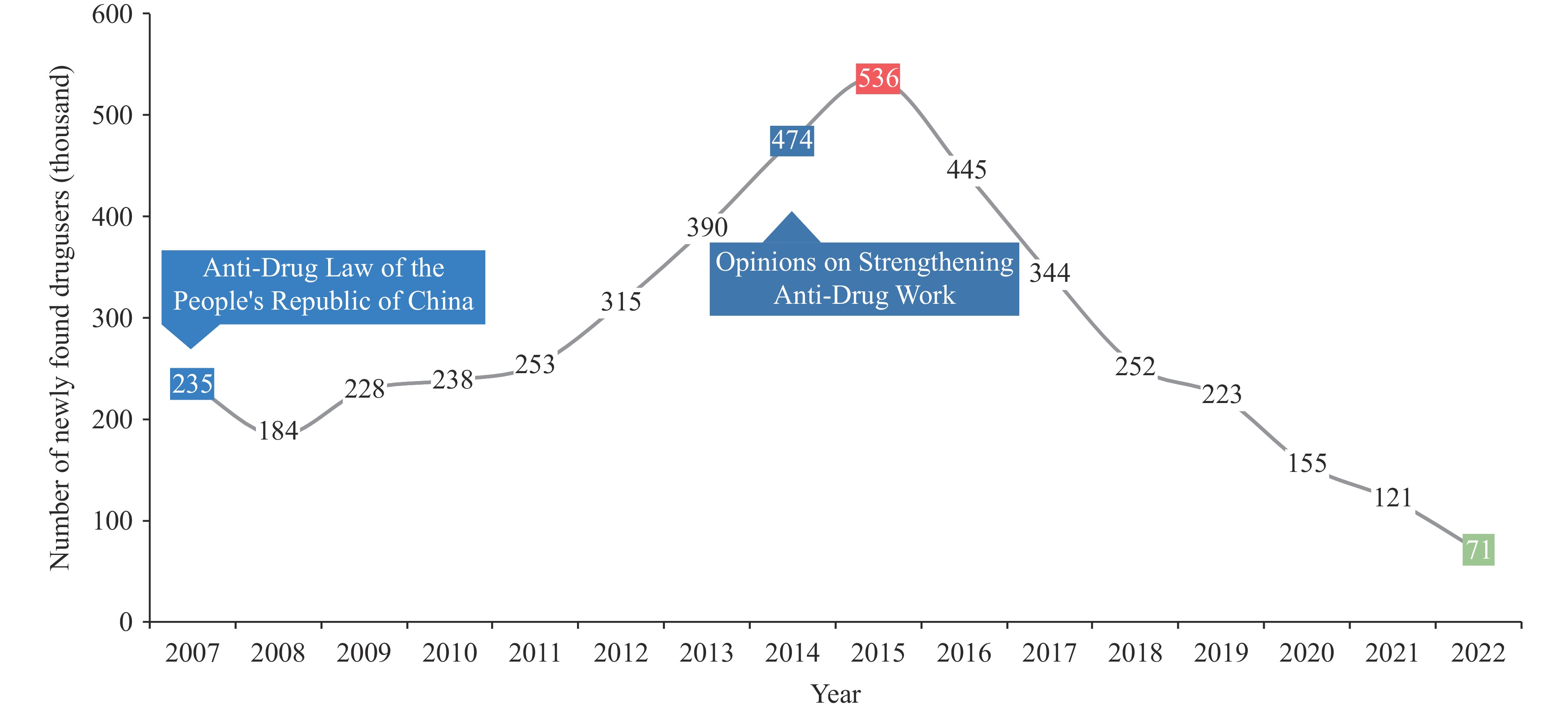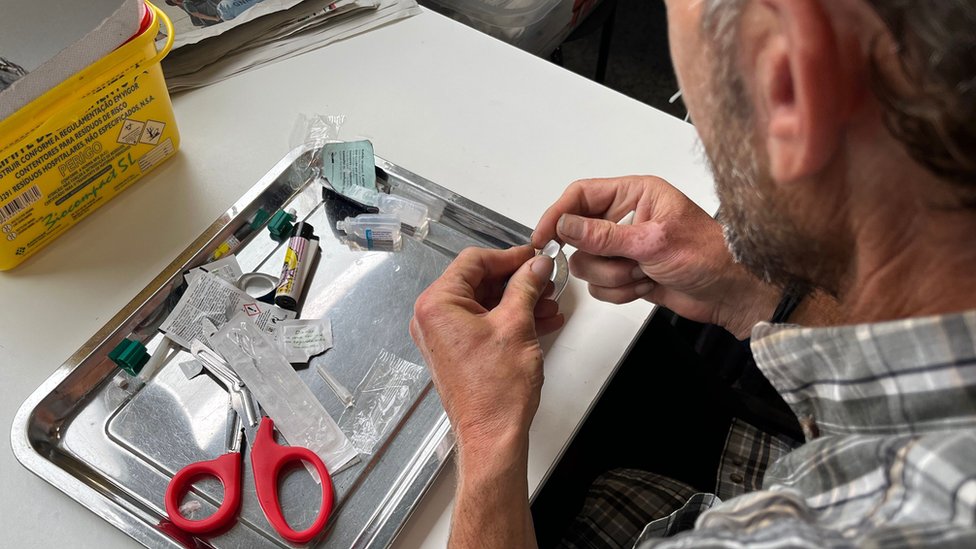Global Drug Challenges and Sustainable Development Goals (SDGs)
Historical Context and International Framework
The recognition of drug use as a global challenge necessitating coordinated international response began with the first international conference on narcotic drugs held in Shanghai in 1909. Throughout the 20th century, three pivotal United Nations (UN) conventions on drug control (1961, 1971, and 1988) established the legal and institutional framework for a comprehensive multilateral system addressing prevention and enforcement. The creation of the United Nations Office on Drugs and Crime (UNODC) in 1997 further underscored the widespread nature of drug-related challenges confronting societies worldwide.
Magnitude of the Drug Use Problem and Prevention Strategies
As nations develop more sophisticated approaches to addressing global drug challenges, international surveillance data continue to highlight both the magnitude of the problem and the critical importance of prevention strategies, aligning with the Sustainable Development Goal 3 (Good Health and Well-being).
- In 2022, the global population using drugs reached 292 million, representing a 20% increase over the past decade.
- Cannabis use prevalence among adolescents aged 15–16 years exceeds that of adults worldwide.
- In Europe, 84 million adults aged 15–64 had used cannabis at least once, including approximately 15.3 million young adults aged 15–34.
- In the United States, an estimated 70.3 million individuals aged 12 or older reported illicit drug use within the past year, with peak prevalence among young adults aged 18 to 25.
These statistics demonstrate the urgent need for targeted prevention investments, particularly among youth populations, supporting SDG 4 (Quality Education) and SDG 16 (Peace, Justice and Strong Institutions) through prevention and early intervention.
China’s Response to Global Drug Control and SDG Alignment
Legal and Strategic Framework
China has actively contributed to and responded to global drug control initiatives. The Anti-Drug Law of the People’s Republic of China, enacted in 2007, established a comprehensive triadic strategy encompassing prevention, punishment, and rehabilitation, directly supporting SDG 3 and SDG 16.
- Following the law’s implementation, the number of newly identified drug users increased steadily, peaking in 2015.
- National initiatives such as the “People’s War on Drugs,” the “Sword Action” (Liangjian Project), and “Skynet” surveillance systems led to a significant decrease in newly identified drug users.
- The decline was particularly pronounced during and after the COVID-19 pandemic, reflecting effective enforcement and prevention strategies.

Note: Data from 2007 to 2013 were sourced from the Drug Abuse Population Estimation in the Key Cities of the Ministry of Public Security, while data from 2014 to 2022 were obtained from the respective annual editions of the Drug Situation in China report.
International Day Against Drug Abuse and Illicit Trafficking: Emphasizing Prevention
The theme of the International Day Against Drug Abuse and Illicit Trafficking for this year — “The evidence is clear: invest in prevention, Break the cycle, Stop Organized Crime” — highlights the public health nature of the drug problem and the critical importance of preventive measures, reinforcing SDG 3 and SDG 16.
The evolution of annual themes reflects a fundamental shift in global attitudes toward drug policy:
- 1996 to 2009: Emphasis on dangers and harmful consequences of drug use.
- 2010 to 2015: Recognition of drug problems as public health issues rather than solely criminal justice matters.
- Since 2016: Focus on prevention, early intervention, and youth-centered strategies, reflecting a comprehensive and evidence-based approach.

Note: Data sourced from United Nations publications.
Emerging Risks and Adaptive Strategies in China
New Psychoactive Substances and Challenges
Emerging risks continue to challenge existing frameworks, posing threats to achieving SDG 3 and SDG 16. Recent cases of adolescent substance abuse involving compounds not yet under formal regulatory control, such as nitrous oxide and etomidate, have been documented across China.
- Since January 2021, Guangzhou in Guangdong Province has implemented targeted enforcement measures against nitrous oxide distribution, resulting in 46 investigated cases by June 2022.
- These novel psychoactive substances present distinct challenges due to:
- Accessibility through online platforms.
- Ambiguous legal classification.
- Limited public awareness, particularly among adolescents.
Policy Response and Prevention Efforts
In response to these evolving threats, the Ministry of Justice issued a national directive in early 2025 emphasizing “intensified drug prevention campaigns targeting adolescents.” This aligns with the SDG 3 target of strengthening the prevention and treatment of substance abuse.
- Strategic investments in early education programs.
- Enhanced cross-sector collaboration.
- Implementation of evidence-based policy frameworks.
Through these measures, China is proactively adapting its approach to address the dynamic landscape of emerging drug-related risks, contributing to the achievement of the Sustainable Development Goals.
1. Sustainable Development Goals (SDGs) Addressed or Connected
- SDG 3: Good Health and Well-being
- The article discusses drug use as a global health challenge, emphasizing prevention, rehabilitation, and public health approaches to drug abuse.
- SDG 16: Peace, Justice and Strong Institutions
- References to international drug control conventions, law enforcement actions, and legal frameworks highlight the role of institutions in combating illicit drug use and trafficking.
- SDG 17: Partnerships for the Goals
- The article mentions international cooperation through UN conventions and the United Nations Office on Drugs and Crime (UNODC), reflecting global partnerships.
2. Specific Targets Under Those SDGs Identified
- SDG 3 Targets
- Target 3.5: Strengthen the prevention and treatment of substance abuse, including narcotic drug abuse and harmful use of alcohol.
- Target 3.4: Reduce premature mortality from non-communicable diseases through prevention and treatment, which includes addressing drug abuse as a public health issue.
- SDG 16 Targets
- Target 16.1: Significantly reduce all forms of violence and related death rates, which can be linked to organized crime and drug trafficking.
- Target 16.4: By 2030, significantly reduce illicit financial and arms flows, strengthen the recovery and return of stolen assets, and combat all forms of organized crime, including drug trafficking.
- SDG 17 Targets
- Target 17.16: Enhance the global partnership for sustainable development, complemented by multi-stakeholder partnerships that mobilize and share knowledge, expertise, technology, and financial resources.
3. Indicators Mentioned or Implied to Measure Progress
- Prevalence of Drug Use
- Number of global drug users (292 million in 2022, 20% increase over a decade).
- Prevalence of cannabis use among adolescents aged 15–16 years compared to adults.
- Number of newly identified drug users in China (trends from 2007 to 2022).
- Number of individuals reporting illicit drug use in the United States (70.3 million aged 12 or older in 2022).
- Law Enforcement and Prevention Measures
- Number of investigated cases related to novel psychoactive substances (e.g., 46 cases involving nitrous oxide in Guangzhou).
- Implementation and impact of national initiatives such as “People’s War on Drugs,” “Sword Action,” and “Skynet” surveillance systems.
- Investment in early education programs and intensified drug prevention campaigns targeting adolescents.
- Public Health and Policy Indicators
- Shift in international themes emphasizing prevention and public health approaches (International Day Against Drug Abuse and Illicit Trafficking themes from 1996 to 2025).
- Cross-sector collaboration and evidence-based policy frameworks as qualitative indicators of progress.
4. Table of SDGs, Targets, and Indicators
| SDGs | Targets | Indicators |
|---|---|---|
| SDG 3: Good Health and Well-being |
|
|
| SDG 16: Peace, Justice and Strong Institutions |
|
|
| SDG 17: Partnerships for the Goals |
|
|
Source: weekly.chinacdc.cn







